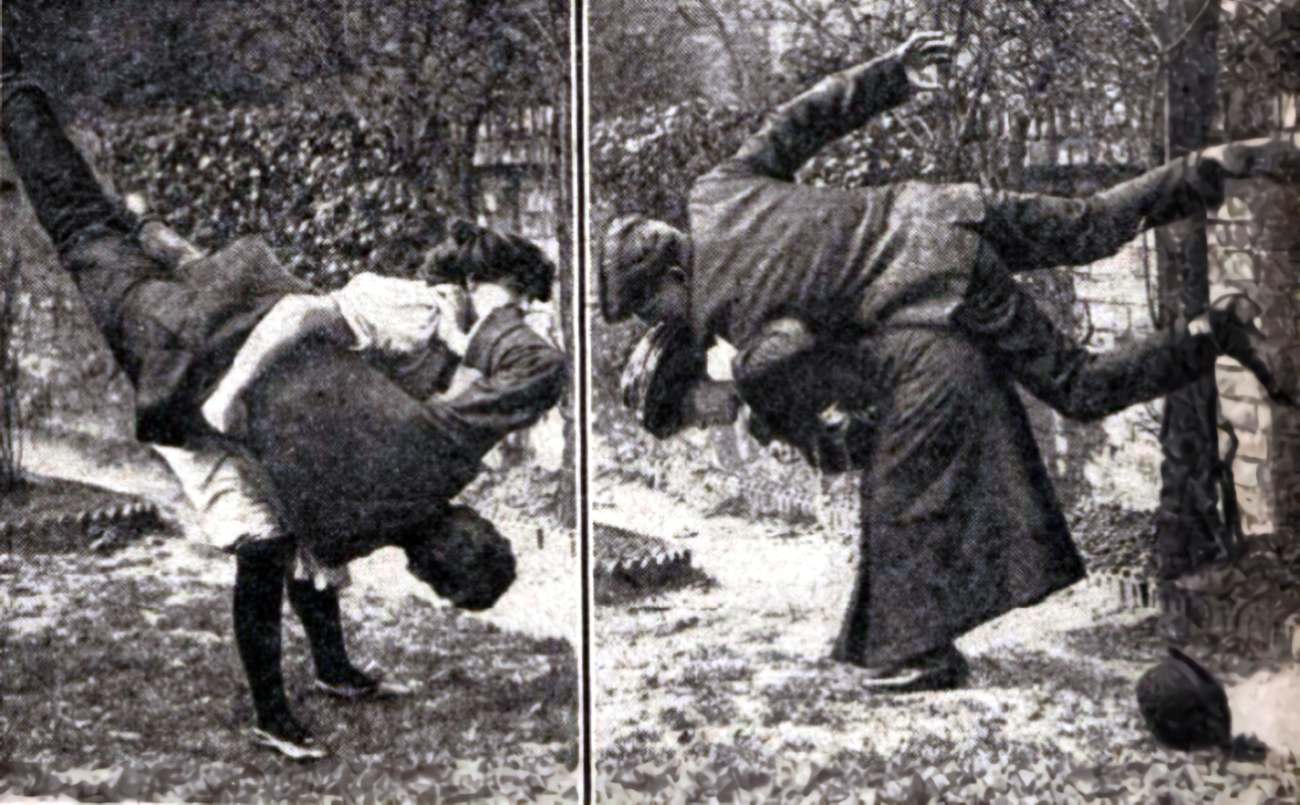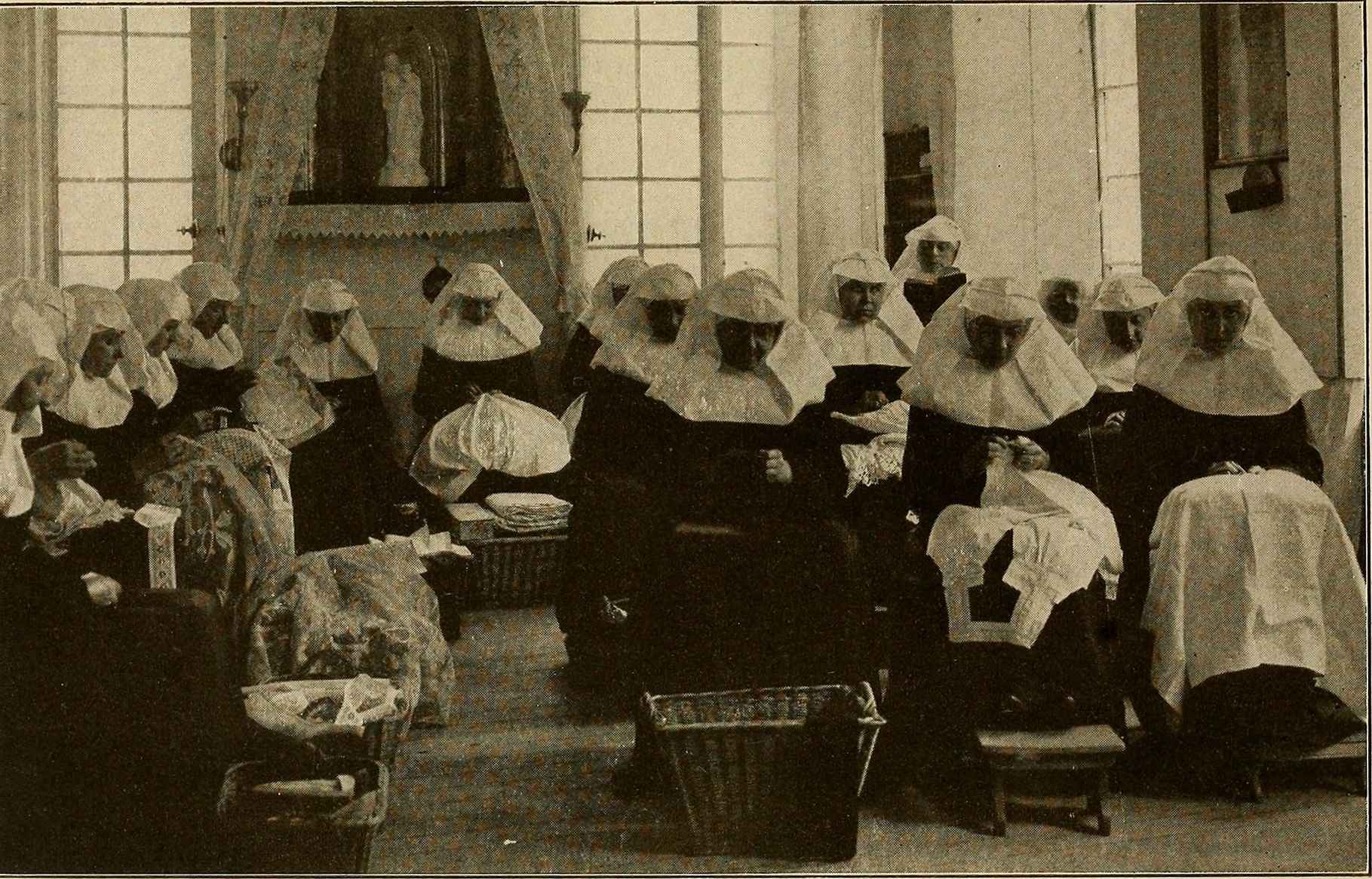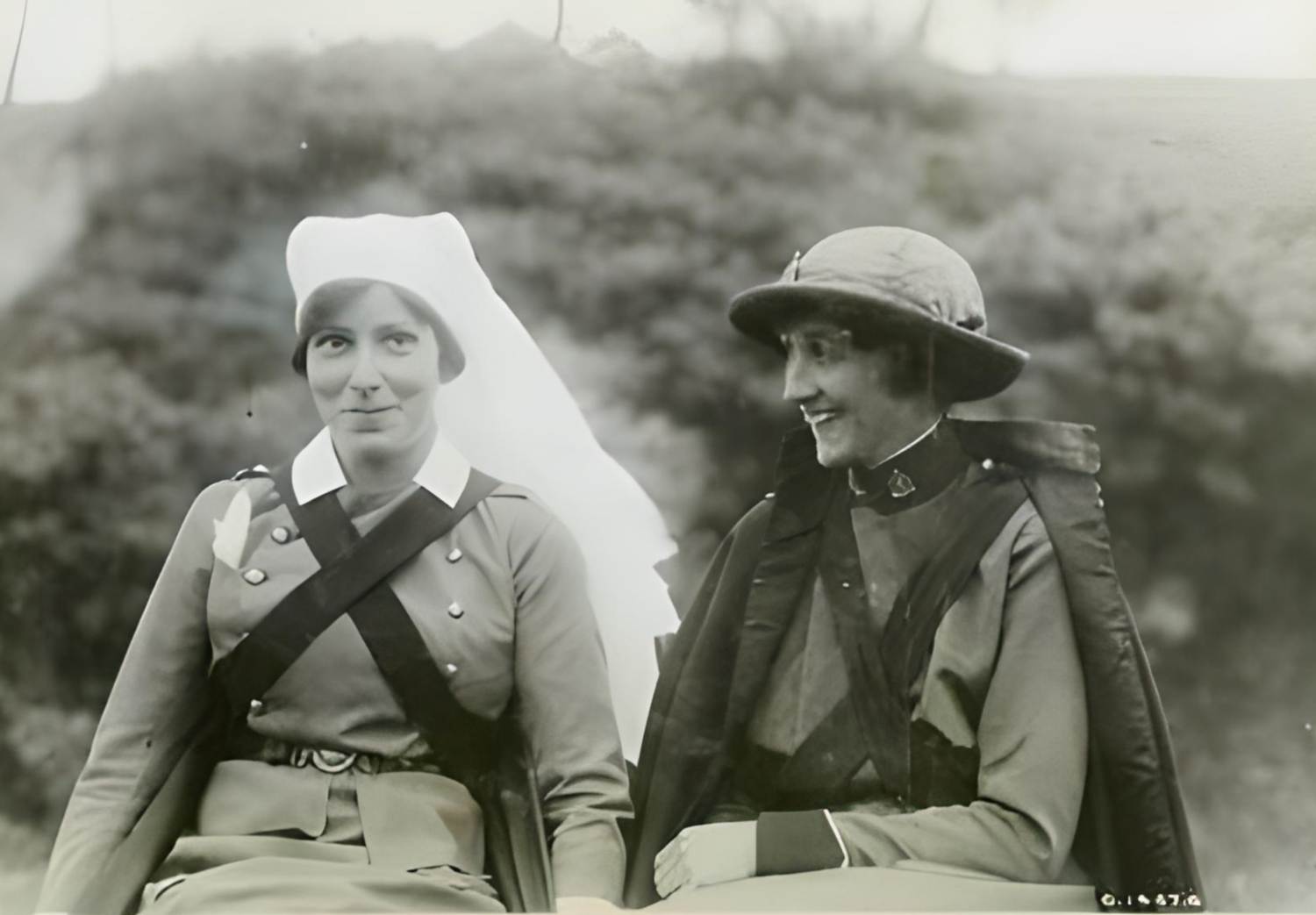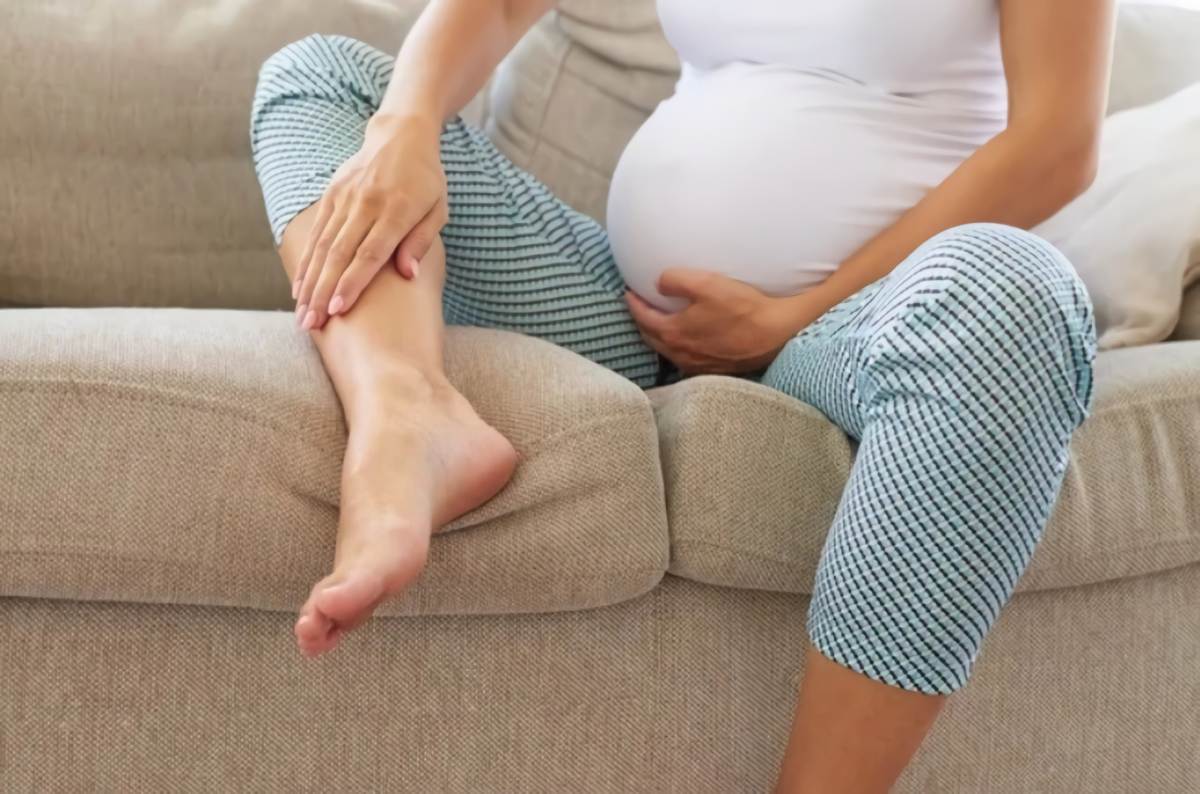The first Swiss women did not get the right to vote until 1971. And the fact that, by that time, the battle for political power had already been going on for a century makes this even more remarkable. At the turn of the century in Great Britain, women campaigned fiercely for the right to vote (suffrage). It’s hardly surprising that some suffragettes also turned to Asian martial arts (Jiu-jitsu) to defend their votes. So, let’s go back in time a little and learn the origins of “Suffrajitsu.”
70 years of activism led up to the founding of the WSPU (Women’s Social and Political Union) movement in 1903. The goal now was to win women the right to vote in every election. For example, the British Great Reform Act of 1832 did expand the right to vote, but only to “males” over the age of 21 whose households paid at least £10 annually in rent or held property.
In addition to excluding women, this also marginalized the working class. It was proposed again and again that something be altered, but each time the conversation would just stop.
Without the opportunity to vote, many women’s lives were negatively impacted, even those of rich women. They were silenced at public gatherings, denied equal access to schooling, and given less rights to their spouse’s possessions after they were married.
Several groups developed in the decades that followed to try to alter this. For instance, in the 1860s, the Kensington Society delivered a petition with 1,500 signatures, but the situation did not improve for women even with the passage of the “Second Reform Bill” in 1867. Then, women ultimately fought back against prejudice via these martial arts.
For women to protect themselves from men
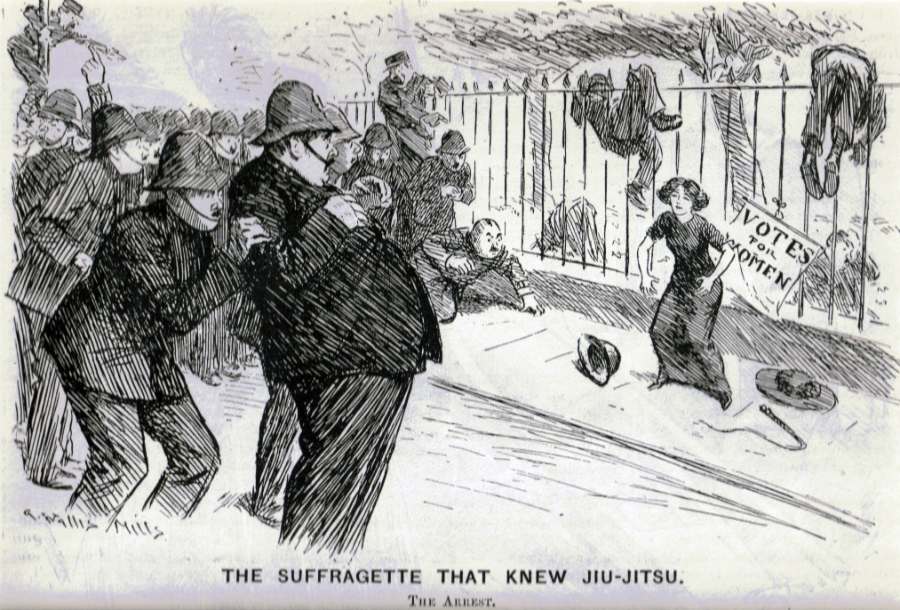
Between 1870 and 1914, the House of Commons was involved in the issue of women’s suffrage on an almost yearly basis, always to the same unsatisfactory effect. Public demonstrations occurred as the simmering anger reached a boiling point.
To begin with, the WSPU organized protests, spearheaded by Emmeline Pankhurst and her daughters, Christabel and Sylvia. Over half a million people congregated in London’s Hyde Park in 1908. Both state officials and enraged counter-demonstrators resorted to violence. As a further means of intimidation, gangs were commissioned to beat up women.
In 1909, the Women’s Social and Political Union (WSPU) invited a female martial arts expert known for her proficiency in the ancient Japanese discipline of Jujutsu (sometimes spelled “Jiu-Jitsu”) to participate in the “Women’s Exhibition.” Edith Garrud, who was born in 1872, was a member of the “Women’s Freedom League” (WFL) at the time.
This group had broken away from the WSPU two years before over disagreements with its leadership. The 4.9-foot (1.50-meter) fighter showed her fellow competitors a combat style that seemed tailor-made for displays against larger opponents. To be more specific, she was using the other person’s weight and power to her advantage.
Jujutsuffragettes
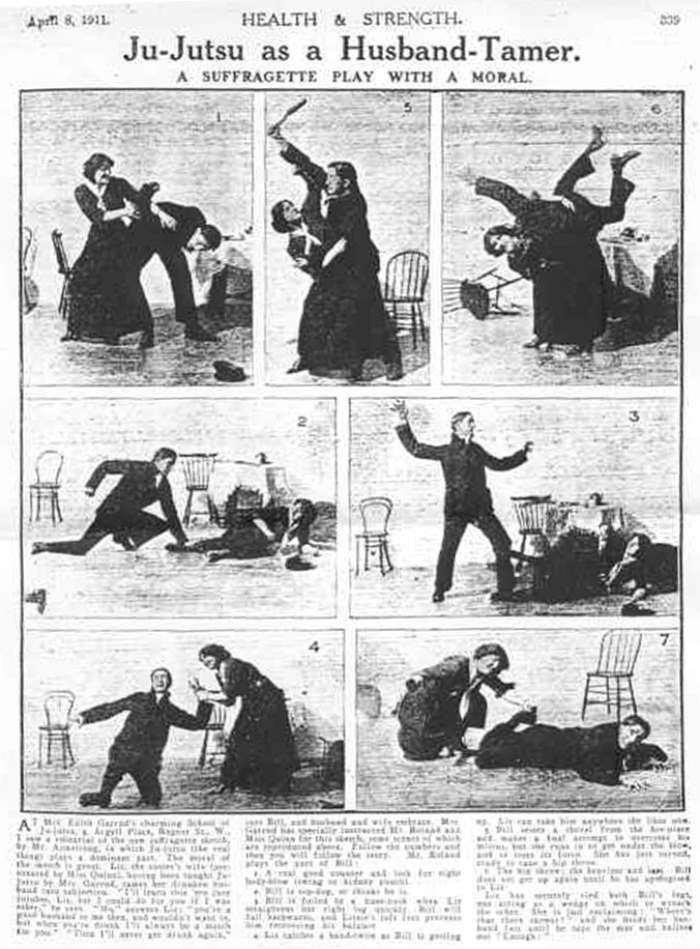
A 1909 article on her Jujutsu courses named “Jujutsuffragettes: A New Terror for the London Police” was published under this somewhat satirical title in the “Health And Strength” magazine. When asked about her concerns, Garrud would constantly stress that the teachings extended beyond police brutality.
For instance, she wrote in WSPU magazine about the violence by males that women have always been vulnerable to because of their physical inferiority. That was true both at home and out in public, with or without involvement in politics. That’s why she resorted to self-defense; it was a reaction that’s as timely now as it was then.
Garrud even penned a play she called “Husband-Tamer,” a drama on the martial art. She put on shows where she dared guys to attack her in front of an audience, and then promptly knocked them out with punches or threw them to the ground.
There was a lot of media attention, and some of it was even sympathetic to the cause. Later issues of the aforementioned “Health And Strength” included a number of articles and picture spreads demonstrating how women could compete effectively with men.
Likely introduced to martial arts by her husband William in the late 19th century, Garrud learned the disciplines for herself. The style was initially known as “Bartitsu,” after its British namesake, Edward William Barton-Right, who had studied Jujutsu in Japan and developed his own style.
To the delight of British audiences, he imported Japanese masters to perform for them. After studying under Master Sadazuku Uyenishi in London, the Garruds took over his dojo, the “Golden Square School,” and immediately found themselves on the receiving end of an offensive.
The situation is getting worse
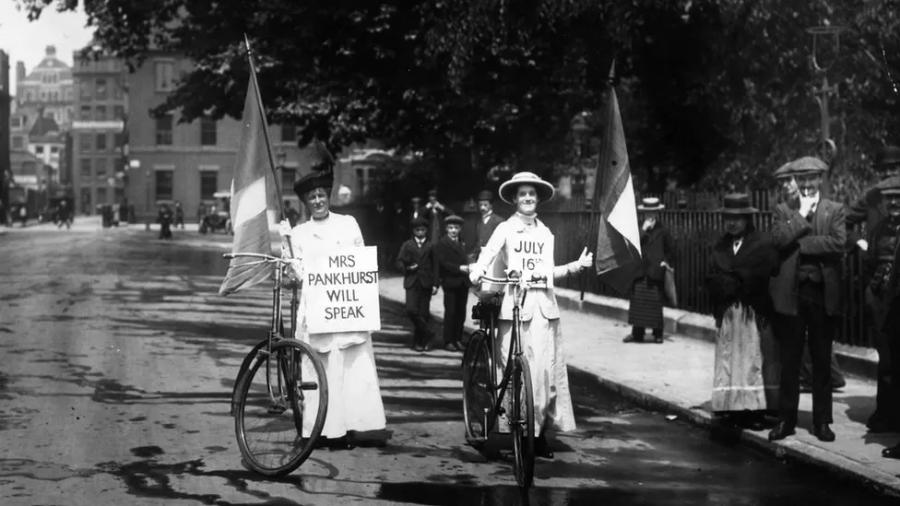
There were regular classes held in the dojo for WSPU participants. Not only did they need them, but the fight for women’s suffrage actually escalated into violence in the years leading up to World War I. Injured protesters were occasionally thrown in jail; those on hunger strikes were often forcibly fed.
Suffragette violence, including vandalism, arson, and bombing, escalated as well. A number of WSPU members took sanctuary at Garrud’s dojo to avoid being caught by the authorities. Those who sought refuge with her after arsons or conflicts were provided with training gear and encouraged to exercise regularly as an excuse.
The Cat and Mouse Act of 1913, which permitted jailed suffragettes on hunger strike to be freed to restore strength at home, prompted the formation of the WSPU Bodyguard. The remaining punishment was then meted out to them.
But this was despite the efforts of the female WSPU Bodyguard of some 30 women. Although the group were seldom successful in preventing arrests, they did serve to safeguard women in crowded public areas.
The “Battle of Glasgow” on March 9, 1914, when police officers had to fight with Emmeline Pankhurst’s bodyguards to get her off the stage in front of more than 4,000 protesters, is the most well-known example.
This incident was the origin of the phrase “Suffrajitsu.” It wasn’t until after the Great War ended in 1918 that certain British women were granted the right to vote for the first time. Women successfully used martial arts to fight men and earn their rightful place in society.
Thus, British suffragettes in the early 20th century created the martial art of Suffrajitsu as a method of protecting themselves from the physical violence they faced from anti-voting activists.
They used civil disobedience and various forms of nonviolent protest to advance their cause. Although they were met with hostility and violence, suffragettes were eventually successful in winning the vote for women.


